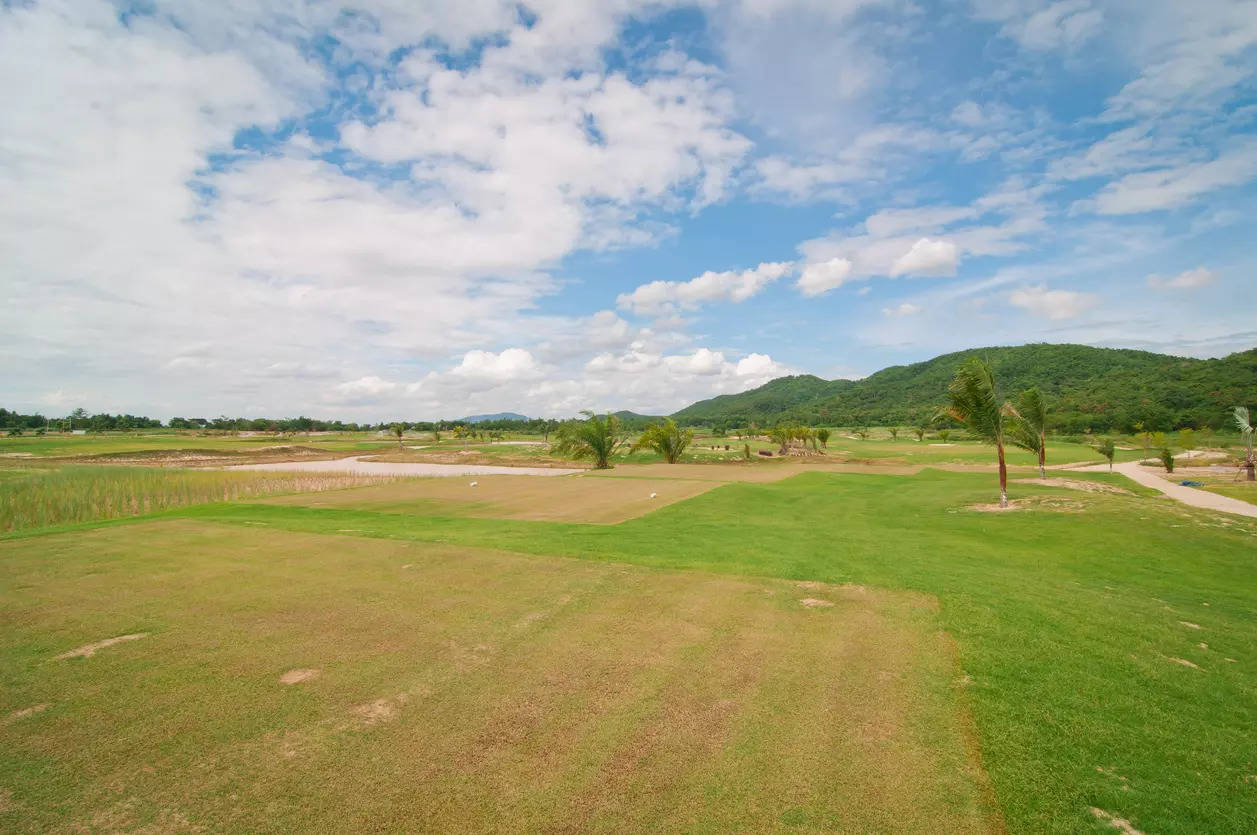
MUMBAI: The blueprint for the city’s most ambitious redevelopment is ready, but planners are still grappling with the practical difficulties of finding space to relocate an estimated one lakh-plus households based in Dharavi as tenants in slum settlements.
The Dharavi Redevelopment Project Ltd (DRPPL), a 80:20 joint venture between the Adani group and state govt, is building free housing – in-situ – for residents of tenements that have been in existence in Dharavi from before 2000. But those living in tenements and slums that came up between 2000 and 2011 and beyond will have to move out. DRPPL has tentative plans to build nearly 1.5 lakh homes for such residents who are deemed ‘ineligible’ for free housing. These will be constructed on about 1,000 acres of land parcels, known as ‘Nav Dharavis’, across suburban Mumbai.
While DRPPL is the contractor for the project, a govt body known as Dharavi Redevelopment Project is scouting for land parcels beyond the precinct to house these ineligible residents, a complex process given the space crunch in Mumbai. It has so far identified 540 acres in the eastern suburbs, but nearly 50% of it is in and near dumping grounds at Deonar and Mulund which will take years to be made suitable for human settlement. A govt official said, “Land parcels have been identified at four locations. There is no confirmation about other locations.” Of the six land parcels measuring 541 acres identified in the eastern suburbs, 21 acres belonging to MHADA are in Kurla. Since many plots have development constraints posed by Coastal Regulation Zone norms and civil aviation height restrictions, large continuous parcels may be required for en masse rehabilitation.So far, the plan to hand over land used for an octroi naka and waste collection in Mulund and belonging to a defunct dairy in Kurla has faced backlash from residents and political parties, raising questions about the project timeline. The protests were sparked by fears that the relocation of Dharavi residents would lead to overcrowding and put more pressure on public facilities in the respective locations.
The DRPPL, a special purpose vehicle, has a timeline of seven years to execute the rehabilitation or relocation in a phased manner. In all, the project has a 17-year-long deadline to cover all aspects of the agreement which includes building hotels, convention centres, business parks, etc.
A survey conducted 16 years ago estimated around 64,000 ground-floor tenements as eligible for free housing in Dharavi. As per recent estimates, overall population of the precinct is over a million. A fresh survey has been underway since March 2024 to determine eligibility for all groups.
Pankaj Kapoor, managing director of real estate research firm Liases Foras, said, “It will be a remarkable achievement if it is completed in 7 to 8 years. However, I feel the 7-year plan may extend to 17 years due to the enormous challenges in executing the project.” Sources say the DRP is in talks with various government arms to secure more land across the eastern and western suburbs to speed up the process.
Ownership of land parcels for rehabilitation will vest with DRP, which is similar in structure to the govt-run Slum Rehabilitation Authority. “All land parcels will always be with DRP/SRA, though DRPPL will pay for the land as per the landowner-determined rates,” Srinivas said.
“The project is a sincere attempt to accommodate all residents of Dharavi within Mumbai. This is the only SRA project where all slum dwellers are going to get a home, so we need sufficient land to rehabilitate non-eligible people,” said SVR Srinivas, CEO of Dharavi Redevelopment Project/Slum Rehabilitation Authority (DRP/SRA).
According to Development Control rules, DRP can construct a maximum of 650 flats per hectare, considering population density. “18% of the plot area will be left for roads, 15% for green and open spaces, and 7% for infrastructure,” said Srinivas. Additionally, 10% will be reserved for commercial establishments, which housing societies will lease out to earn revenue for maintenance.
“All Nav Dharavi townships are designed to eventually supplement what has been missing in their current neighbourhood for decades,” he added.
However, experts have questioned the need to relocate a large section outside Dharavi. Urban planner Sulakshna Mahajan said, “These Dharavikars should be given land in Dharavi at a cost. The free housing policy is a failure, and giving land outside Dharavi to settle ineligible tenants can increase social strife.” Housing expert Chandrashekhar Prabhu agreed, “Why should people from Dharavi be uprooted? The beauty of Dharavi is that people stay and work in the same place.”
According to the tender too, land identified for relocation should be in proximity to Dharavi, public transportation nodes, main roads, and locations that facilitate the continuation and growth of existing businesses in modern, upgraded formats.
Srinivas, however, stated that the new colonies will be planned in a way that dislocation is minimised and quality of life improves. “In fact, once built, Nav Dharavis can uplift the profile of a region’s real estate market and attract premium rates in the area,” he added.